Video Menu
My Favorite Videos
My Favorite Videos
Billy Horschel Golf Swing Review - RotarySwing Tour Model
Sorry, you need to be a member to access this video.
You Are Just Seconds Away - Become a member here!
Already a member? Log in now

Looking for a model golfer from the PGA Tour for the RotarySwing Tour method? Then look no further than Billy Horschel's swing!
common questions I get is who's a good role model for rotary swing on the tour and of course as I've explained many times almost every single tour player uses the rotary swing tour fundamentals that's what makes them tour players they all use the same core fundamentals and you're gonna see the things that we call fundamentals and the things that we call variables in the swing in every tour players swing in this case we're gonna look at Billy Horschel and in his swing he does just about everything spot-on he's a couple little things I'm gonna point out we're gonna focus primarily on the backswing that a couple point things I'm gonna point out in the downswing that he does that are not necessarily exactly ideal but he's such a great player such a great ball striker and has so many good fundamentals in a swing he's a great example to look at so first we're just gonna run through setup real quick obviously most tour pros get this one right and this is one of the most overlooked things that every single amateur gets wrong they don't seem to realize how much of an impact setup has on your golf swing but in the case of Billy's setup just about everything here is spot-on so all the things that I've talked about millions and millions of times and all the videos draw a straight line down from his chin where does his right-hand line literally right on his chin line now he tends to be a little bit more forward on the balls of his feet as do quite a few tour pros like Adam Scott is a good example but as you'll notice as they come back down into impact though won't be over there the balls of their feet in his case he's pretty much stacked over here just about perfect a little bit more forward but again because he moves really well he gets back over that ankle when it really matters when you're putting a lot of stress on that knee the back this is one of the things where I see so many average golfers amateur golfers really get this wrong they have a lot of curvature in their lower spine and then they make up for it by rounding their upper spine and so you get into this really awful position that makes it virtually impossible for you to make a full rotation so as far as setup goes just about everything here is on the money and this is a great example for you to look at Billy's setup is really really good now let's start looking at the things that most golfers look at and instructors look at start looking at the swing plane and especially as it applies to the takeaway what you'll notice is that as he takes the club back everything here is all systems go so we're going to start walking back here go club goes right back on plane and then a little bit above he has a little bit of early wrist set and you can see that here when the club gets in line with his hands it gets a little bit above it's just a little bit of early wrist set that causes this again not a huge deal everything else is looking great here so the clubs going right back through his through above the plane line right through his hands so many amateur golfers start ripping the club back inside and it's just taking that right wrist and flexing it back this way bending it back on itself as if you're twisting a motorcycle throttle as soon as you do that you shut the face and roll it to the inside and that's a death move the great thing you can see in Billy's right wrist here is that it's pretty nice and flat still and that's because he just simply hasn't done anything with it note how straight his right arm is here it's not rigid and locked out but it's straight like we talk about all the time and he's made a nice turn and hasn't smashed that left arm across his chest you can still see there's space here versus so many golfers take that left arm and just start pushing it across the chest it forces the right arm to bend and then you see the left arm smashed up against the chest everything here spot-on he's starting to pull that right shoulder blade back making a nice turn everything his shoulders are turning perpendicular to his spine right knee flex another big one that so many golfers goof up he's maintaining that knee flex as he goes back now as we keep walking it further back everything here halfway back is great hands are right just behind the chest right in front of the center of the chest they will start to work behind a little bit here that's what they need to do he's maintaining that knee flex clubs still on plane everything looking good he's making a big turn here you can still see his chest and so many other golfers when he starts swinging that left arm across the body that their hands end up way over here and then we're in big big trouble trying to get back down from there keep walking all the way back everything here is absolutely spot-on if you look at the five minutes to the perfect backswing video one of the things that I do is I draw a line on the base the right elbow and say it should be right about the base of the pec is like a good kind of average for most golfers and you can see that his elevation is right on the money here this is just about exactly where Tiger Woods or Trevor Emelman would be and everything here is spot-on perfect rotary swing tour all the drills you see me demonstrate in that five minutes the perfect backswing video he's demonstrating here perfectly the angle of the wrist angle the club club face arms it's all spot-on and yes he's still maintaining that knee flex everything here is perfect one of the little thing I want to draw your attention to for those of you who had tendency to over rotate your hips and get too active with your lower body I can see a big space between your knees here and here you can't and that's just because he hasn't over rotated his hips of course and by maintaining that knee flex he it causes a restriction that makes it very difficult for you to over rotate your hips and get into that issue where you start having to spin your hips on the way down so this is again everything here spot-on perfect RST fundamentals we'll keep walking him back now one thing you'll notice is he gets a little bit long and across the line here at the top that's just a little bit of extra wrist cock he's just gonna loading up here right you know he's got the the big dog in his hands he's having a little bit of extra wrist set in there gonna lead to some extra power if he can control it which of course he can and so he gets a little bit long but you'll notice right away he gets right back into the perfect RST fundamental position right there during the transition that's as good as it gets folks elbows right back where it's supposed to be club chat or club face and wrist angle and arm all perfectly square he's working on getting his weight back to his left everything here is on the money and as he keeps coming down this is where he starts to deviate a little bit and again he's doing it just to add power and my foot does the same thing when I'm really going after a drive I don't really like that I do it because it does cause me to lose a little bit of control but when I'm really going after a big hit I will my right hip well my hips will start to spin a little bit faster and that speeds everything up and as long as everything's synced up I know where it's going but when I get a little off I don't well I do know where it's going it's going right so in this case you know he's getting a little bit aggressive getting that heel up in the ground up in the air early again most tour players when they're going after it with a driver you'll see this you won't see that with the irons the heel will stay down but this is a power move when you're trying to speed everything up his hips are going to get very very open and amazingly as such great flexibility and separation and fundamentals that he's still able to keep his shoulders shut this late in the downswing when most amateurs already wide open at this point especially if they have this much hip rotation but he does a great job maintaining everything and getting the club back down in front of his body using his arms the left arm pulling the right arm throwing to get that club back out in front of the chest and you can also note one other thing that I mentioned earlier note how far his left hip is back behind his ankles if we went back to the beginning real quick here you'll note that his left hip is actually moved further back this way away from the target during the downswing and this is what I mentioned yes he starts out a little bit more on the balls of his feet but then he works very hard to get his hips back and as well now you can tell his weight is clearly moved back to the left over his ankle he's definitely not on the ball of his foot here so again a little bit of a change at setup to be a little bit more on the balls of his feet but like Adam Scott he goes right back to his ankle at impact from the stress is the highest and when it really matters as far as impact goes everything's perfect straight right arm release in the heck out of that clubface you can see his left knuckles have already rolled under talk about that and some of the impact and release videos of rolling those knuckles under to square up and release the clubface and that's why the right arm is so extended and straightened out here he's releasing the heck out of that clubface and that's the best feeling in golf is when you can rotate and release that club as hard as you want and you never have to worry about the ball going way left on you so as far as Billy Horschel swing it's a great one to copy he's definitely going after this when you see his left foot rolled over there he went after it but he has so many great fundamentals in his golf swing so if you're looking for somebody to copy and base your swing off to learn RST Billy Horschel is a great example











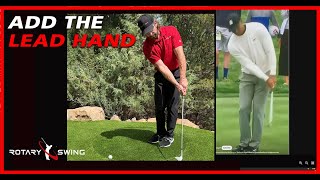


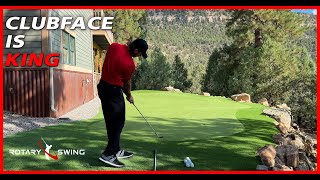








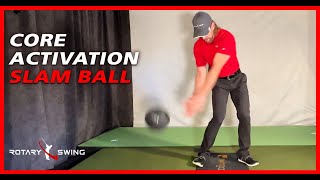





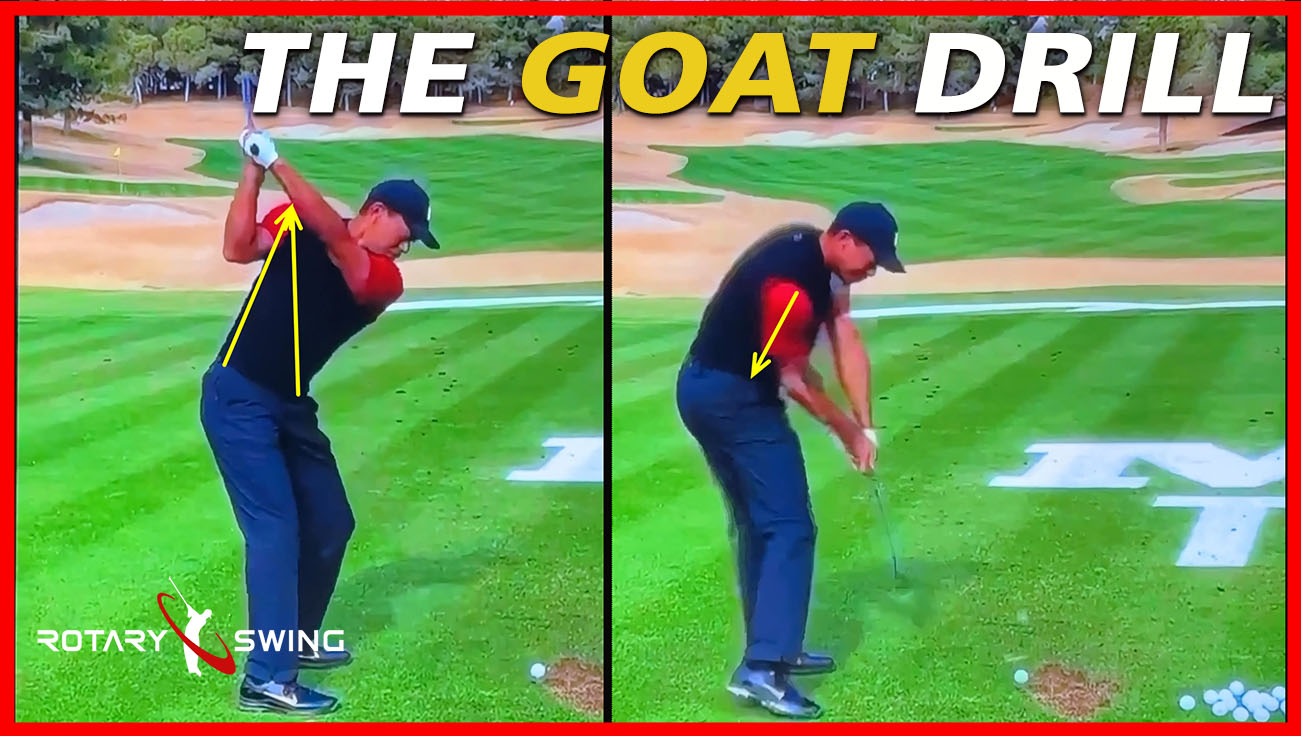


















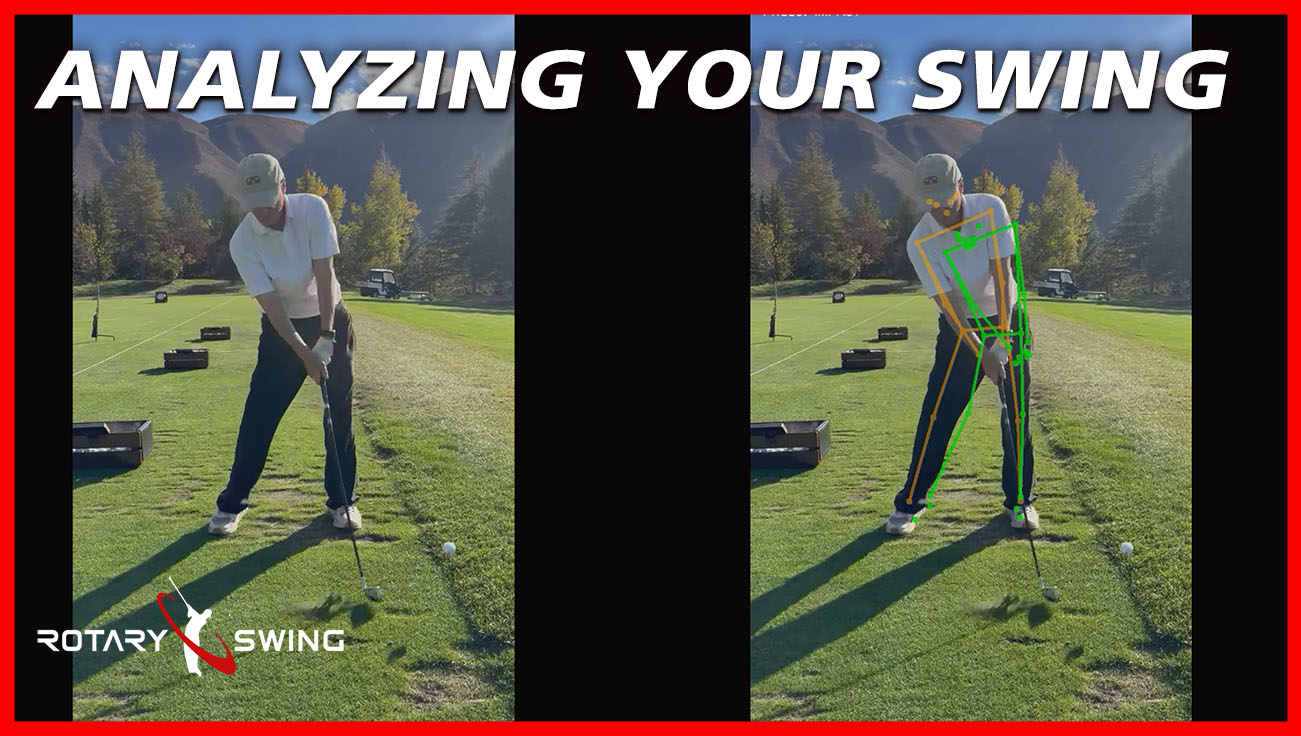






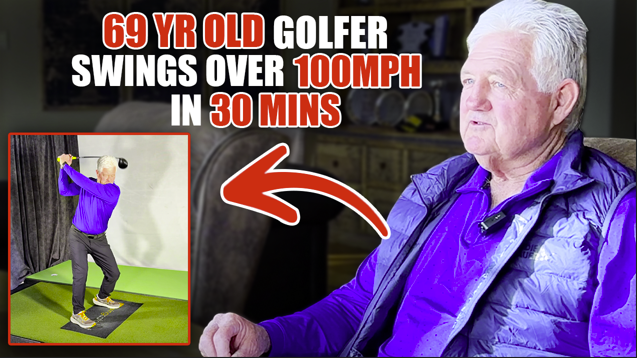
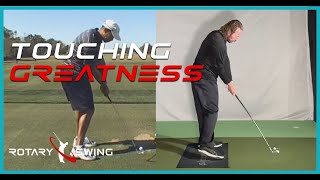





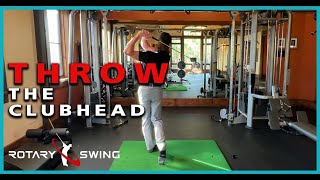







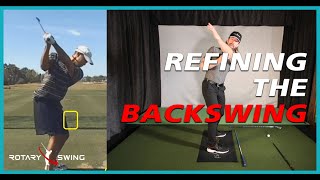







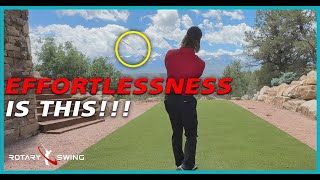
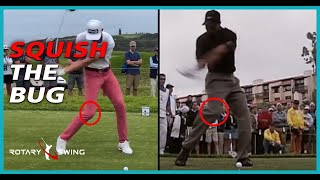
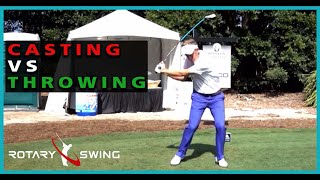



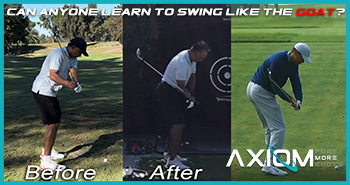






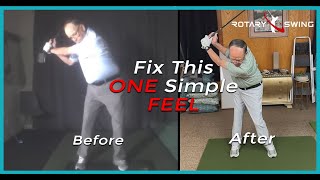











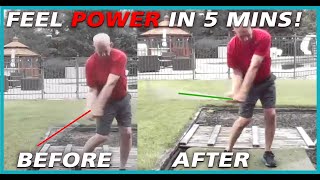


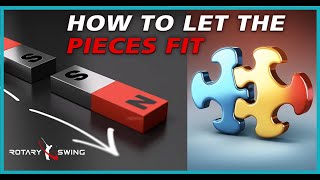






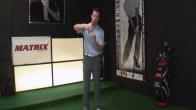













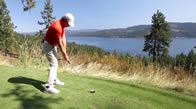



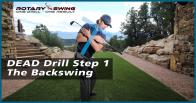

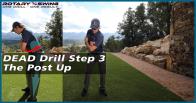










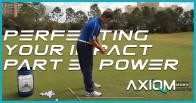











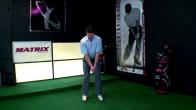



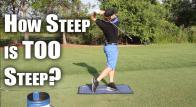


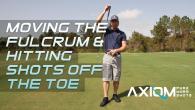



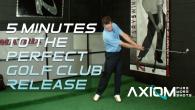

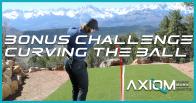






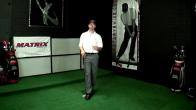









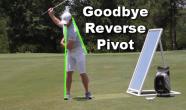





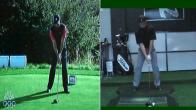



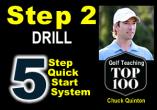






















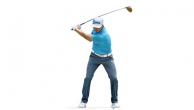

































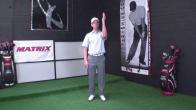




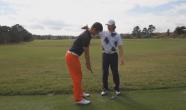















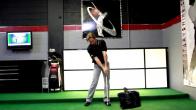



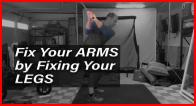


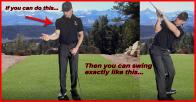




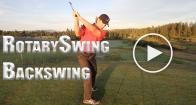

















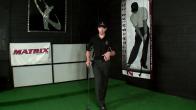






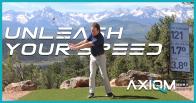
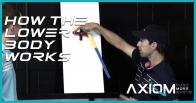












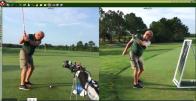






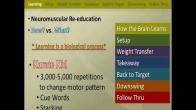
















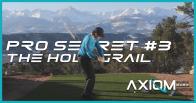

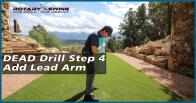


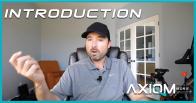

















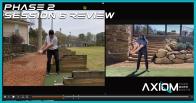







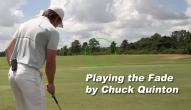











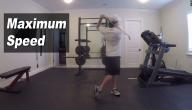

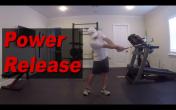
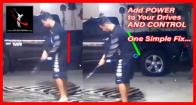


















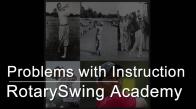



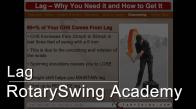



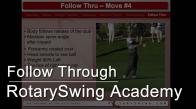






















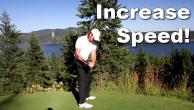



















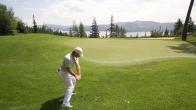





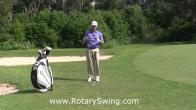



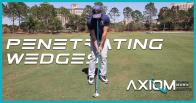







Kevin
Craig (Certified RST Instructor)
Robert
Craig (Certified RST Instructor)
James
Craig (Certified RST Instructor)
David
Craig (Certified RST Instructor)